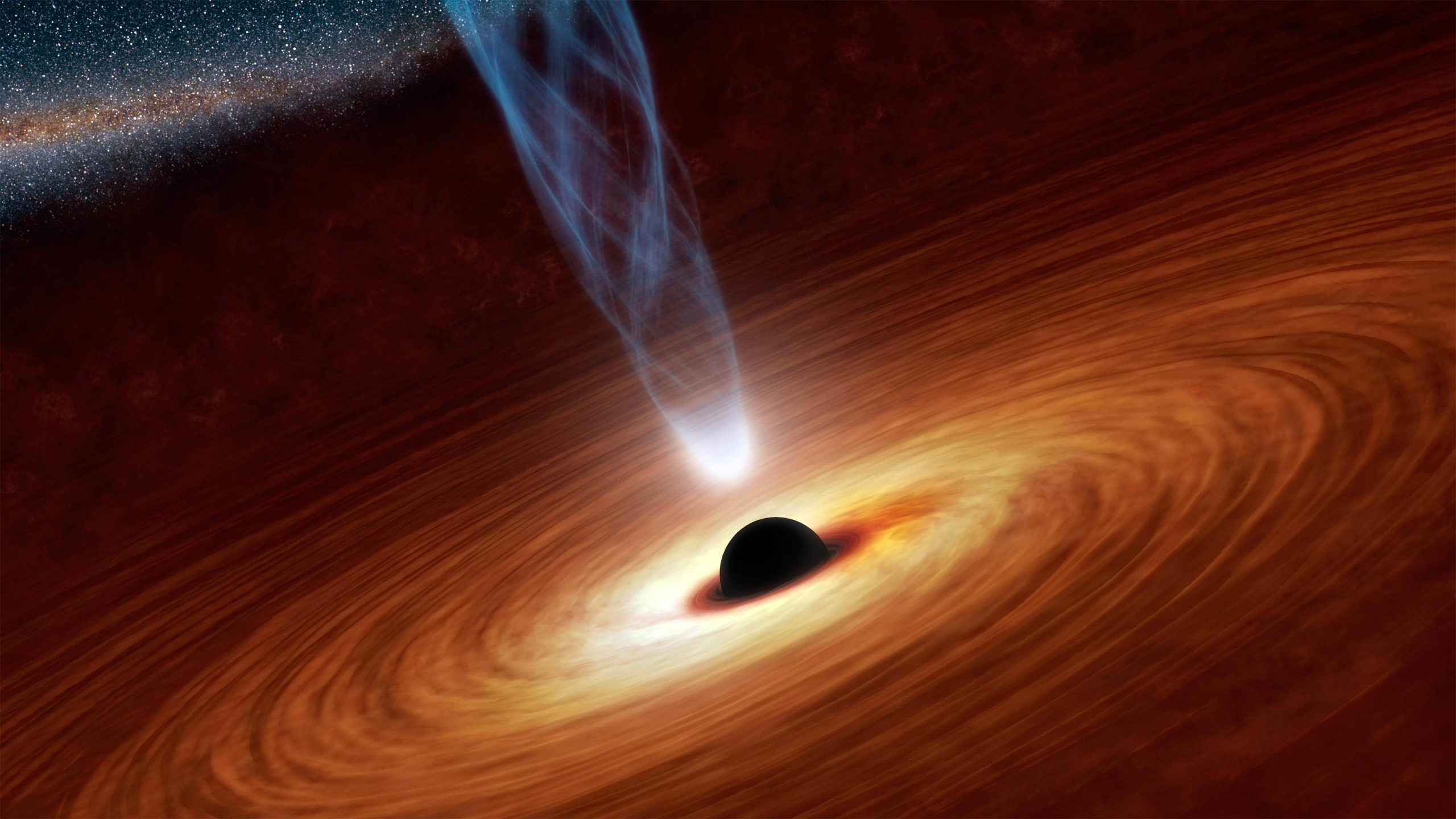A new study shows that black holes formed from light, known as kugelblitze, cannot exist due to quantum effects that intervene at high light intensities. This challenges decades of speculation in astrophysics.. Credit: NASA/JPL-Caltech
The impossibility of the kugelblitz: quantum effects forbid the formation of black holes from high concentrations of intense light.
Researchers have concluded that kugelblitze, black holes formed from light, are theoretically impossible. This finding was derived from a mathematical model incorporating quantum effects, revealing that the light intensity required far exceeds that found in the universe. While disappointing for theoretical physics, this discovery has profound implications for understanding quantum mechanics and general relativity.
For the last seven decades, astrophysicists have theorized the existence of “kugelblitz,” black holes caused by extremely high concentrations of light.
These special black holes, they speculated, might be linked to astronomical phenomena such as dark matter, and have even been suggested as the power source of hypothetical spaceship engines in the far future.
Debunking Kugelblitze: A New Study
However, new theoretical physics research by a team of researchers at the DOI: 10.1103/PhysRevLett.133.041401














/https://tf-cmsv2-smithsonianmag-media.s3.amazonaws.com/filer_public/d1/82/d18228f6-d319-4525-bb18-78b829f0791f/mammalevolution_web.jpg)






Discussion about this post